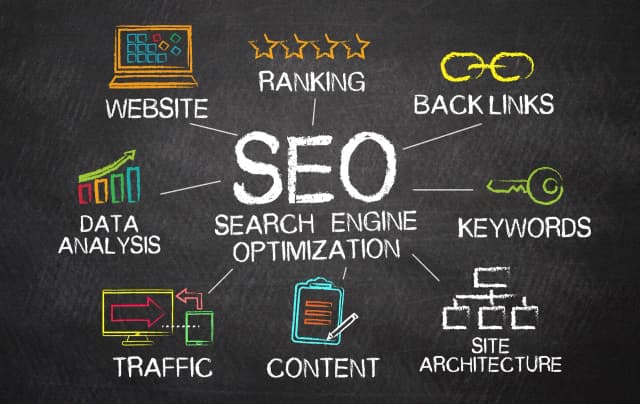Visitor analytics play a crucial role in shaping SEO strategies. By understanding user behavior on your website, you can make informed decisions that enhance user experience, improve engagement, and boost search engine rankings. In this comprehensive guide, we will explore the importance of visitor analytics for SEO, how to implement tracking, and how to leverage insights for better optimization.
What is Visitor Analytics?
Visitor analytics refers to the collection and analysis of data regarding the behavior of users visiting your website. This includes information such as:
- Number of visitors
- Page views
- Average session duration
- Bounce rates
- Traffic sources
This data is invaluable for understanding how visitors interact with your site and can significantly inform your SEO efforts.
Why Visitor Analytics Matter for SEO
Understanding visitor analytics is vital for several reasons:
- Improving User Experience: By analyzing user behavior, you can identify areas that may be causing frustration or confusion, allowing you to make necessary adjustments to enhance user experience.
- Identifying High-Performing Content: Analytics help you pinpoint which pages are attracting traffic and keeping users engaged, informing your content strategy moving forward.
- Optimizing Conversion Rates: By understanding how users navigate through your site, you can optimize pathways to improve conversion rates and drive more leads or sales.
How to Implement Visitor Analytics
To take advantage of visitor analytics, follow these steps:
1. Choose the Right Tools
There are several analytics tools available, such as:
- Google Analytics: A widely used, free tool that provides comprehensive insights into website traffic and user behavior.
- Hotjar: Offers heatmaps and session recordings to visually analyze user interactions.
- Matomo: An alternative to Google Analytics that emphasizes user privacy and data ownership.
2. Set Up Tracking Code
Integrate your chosen analytics tool into your website by placing the tracking code in the header section of your site. This process will enable data collection.
3. Define Your Goals and KPIs
Establish specific goals (like increasing page views or reducing bounce rates) and key performance indicators (KPIs) to track progress and measure success.
Analyzing Visitor Data for SEO Strategies
Once you have collect visitor data, consider the following for optimizing your SEO:
- Keyword Performance: Assess keywords that drive traffic to your site and compare their performance to your rank objectives.
- User Behavior Patterns: Analyze how visitors navigate your site—this will help you adjust internal linking strategies and content placement.
- Identify Drop-Off Points: Determine where users are leaving your site to fix issues that might hinder engagement.
Conclusion
Visitor analytics is an invaluable tool for enhancing your SEO strategy. By understanding user behavior and utilizing analytical insights, you can improve your website's performance, increase user engagement, and ultimately drive more traffic to your site. At Prebo Digital, we specialize in harnessing visitor analytics to optimize SEO strategies tailored for your business needs. Reach out today to learn how we can help you leverage the power of visitor analytics!















